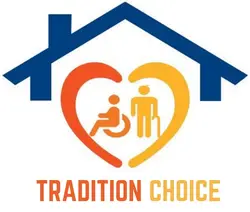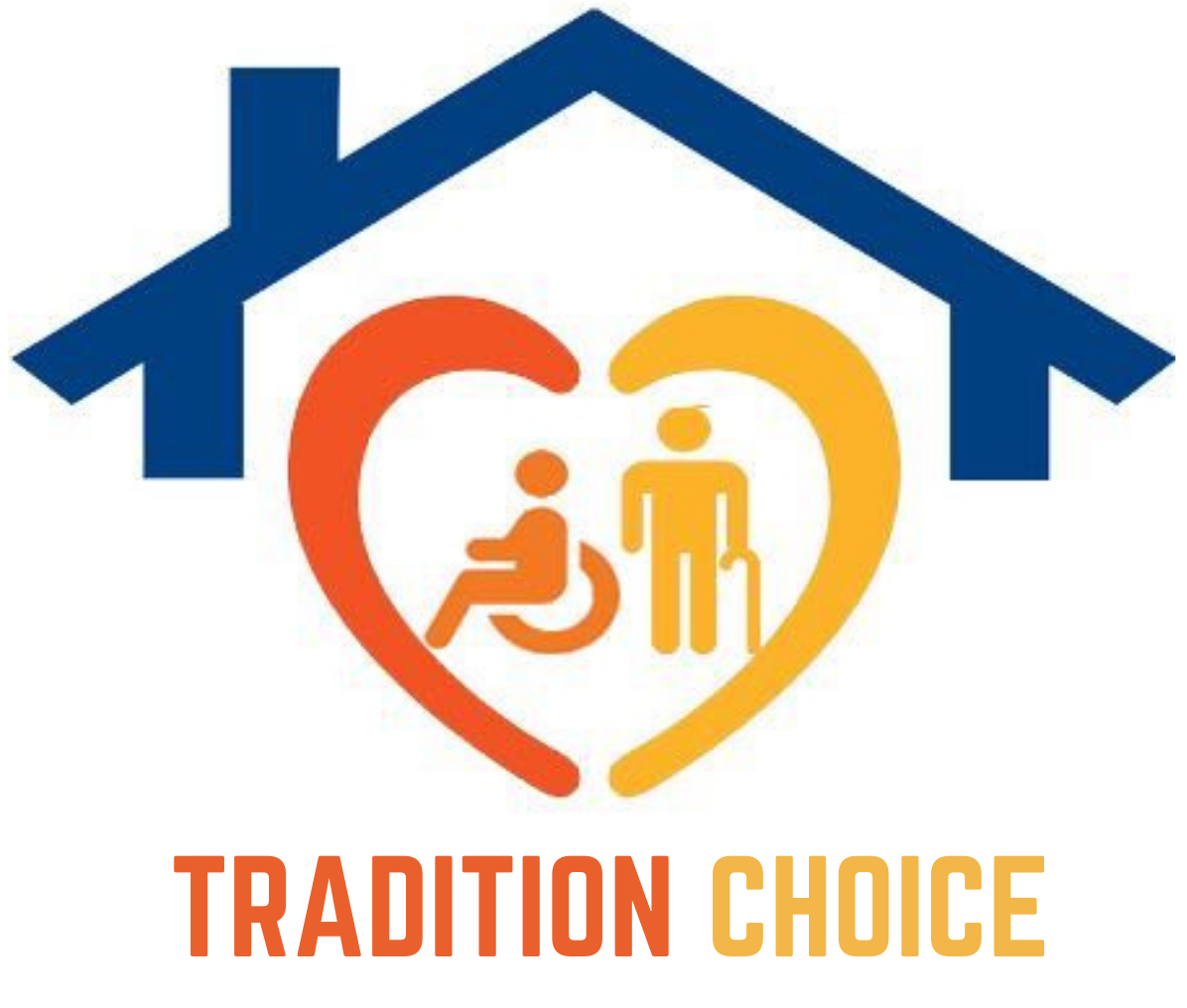Sunburns are painful no matter your age. But, for delicate senior skin, they could be even worse. If the skin peels, it can itch. Scratching the skin could make it break open, leaving it open to germs that could cause a skin infection. And then there’s the risk for skin cancer. Because of the dangers of sunburns, it’s important for family caregivers to help their aging relatives to protect their skin from the sun’s ultraviolet (UV) rays.
Below are several tips for keeping senior skin safe from the sun.

Elderly Care Yonkers NY – Protecting Senior Skin from UV Rays
Understand the UV Index
You may occasionally hear the weather person on your local news mention the UV index. The UV index is a measure of how strong the sun’s rays are where you live. The scale ranges from 1 to 11+. The higher the number, the greater the chances for a sunburn. When the UV index is higher, it’s important to take even more precautions against the sun.
Know How UV Exposure is Affected
Understanding how UV exposure can be affected by certain factors can help you to prevent sunburn in your older family member. Some factors that can affect the strength of the sun’s rays are:
Time: The sun’s rays are strongest between 10 am and 4 pm.
Season: UV rays are stronger in the spring and summer, though this is less of a factor for those who live closer to the equator.
Altitude: Those who live at higher altitudes are exposed to stronger UV rays because they reach the ground sooner.
Clouds: How clouds impact sunburn risk depends on the kinds of clouds they are. The most important thing is to remember that it is possible to sunburn on a cloudy day.
Reflection: The sun’s rays can reflect off some surfaces, like the water or snow, which increases the senior’s exposure.
Use Sunscreen and the Right Clothing
Reminding your older family member to put sunscreen on whenever they go outside is the best way to protect their skin from the sun. It takes about a shot glass full of sunscreen to adequately cover exposed skin. In addition, sunscreen must be reapplied every two hours or so. Clothing is also important for skin protection. Encourage the older adult to wear light clothing with long sleeves and long pant legs. A wide brimmed hat and sunglasses will protect their face, neck, and eyes.
Elderly care can remind older adults to take measures to protect their skin from UV rays. Elderly care providers can keep an eye on the UV index and assist them to take appropriate measures. For example, an elderly care provider can help to choose clothing that will be comfortable for the day’s weather, but also offer skin protection. In addition, an elderly care provider can assist with putting on enough sunscreen before going outside.
Sources: https://www.cancer.net/blog/2015-07/10-tips-protecting-your-skin-sun
https://www.cancer.org/cancer/skin-cancer/prevention-and-early-detection/uv-protection.html
https://www.cdc.gov/features/uv-radiation-safety/index.html

